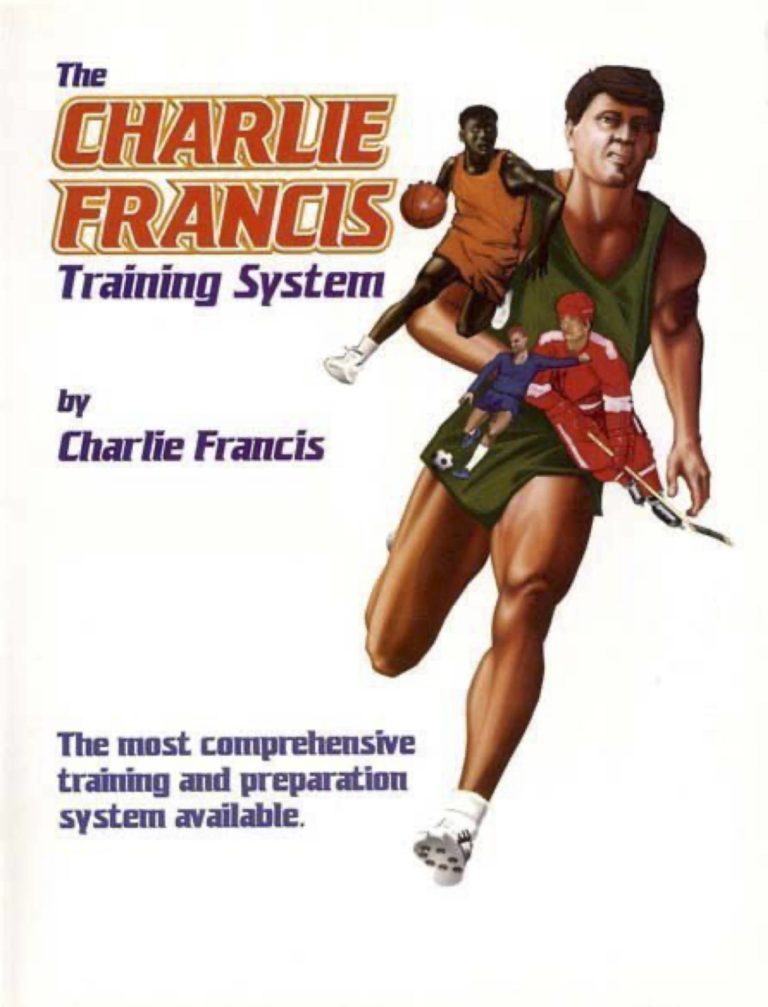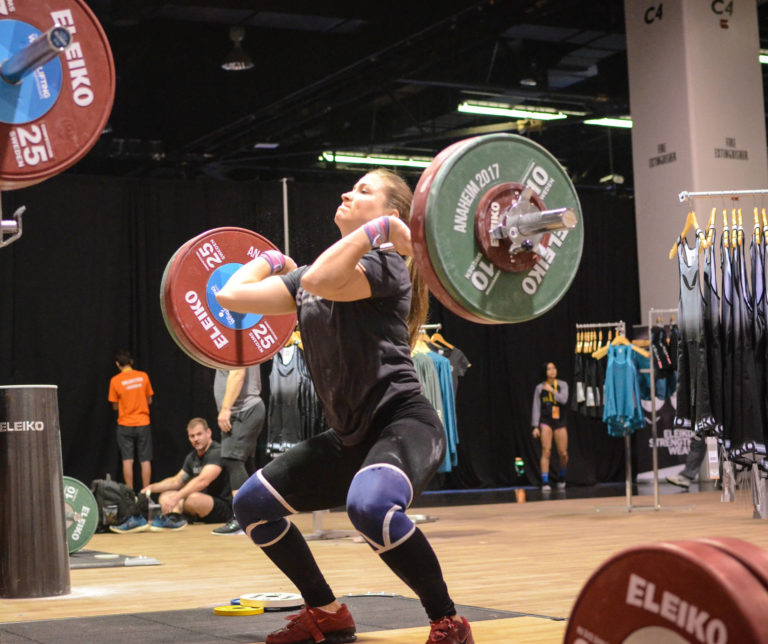Strengh Sensei Bookshelf
The Charlie Francis Training System
Training gems to develop faster, more powerful athletes
Looking beyond the drug controversy, Charlie Francis’ book Speed Trap provided a glimpse into what it takes to sprint at the highest levels. This follow-up book, The Charlie Francis Training System, gives the details.
Charles Poliquin frequently commented that the late Francis (1948-2010) was a coach ahead of his time. At his prime, Poliquin said that even the East Germans were impressed with the training methods developed by Francis, And the East Germans, leaders in the field of sports science, were not easily impressed.
What makes The Charlie Francis Training System unique is that it is easy to read, presented in a question-and-answer format, often with a touch of humor. Consider the subject of training volume. Here is the question in the “Training Principles” section:
Question: “Many observers of your workouts are surprised by what appears to be a low volume of work?” Here is the answer:
Answer: “Volume must be balanced against intensity. Most observers are unable to discern the quality of the work they see. 20 x 200 meters in 28 seconds cannot compare to 2 x 200 meters in 19.8 seconds. High volume training will never develop the specific capacity to generate a high work output in a short time (power). It was the low volume, high intensity training that allowed Angella [Issajenko] and Ben [Johnson] to become world record holders. If you have a Ferrari, you don’t plough [plow] fields with it.”

For strength training, Francis discusses the importance of the hamstrings as extensors of the hips but believes many strength coaches focus on knee flexion exercises such as leg curls. For this reason, Francis favors exercises such as power cleans for sprinters (but only if performed with optimal technique).

The book begins by reviewing Francis’ background and his general comments about drug use and sprint training. This is followed by 11 chapters, presented in this order:
1. Talent Identification and Athletic Development
2. Sprint Technique
3. Training Principles
4. Strength Training
5. Recovery/Regeneration
6. Planning and Periodization
7. Testing and Monitoring
8. Sport Psychology
9. Electronic Muscle Stimulation (EMS)
10. Politics and Coaching
11. Financial Aspects
One of the most valuable features of The Charlie Francis Training System is the detailed training diary of Angella Issajenko. It includes not only her workout, but also her notes on how she felt each day during and after the workout. For example, on the log entry Tuesday, February 10th, after her track workout and just before weights, she wrote, “Nothing will be done 100% today – I am tired.” After the power cleans, she said, “Had trouble with the last set – arms tired.” It concluded with a note about how her massage went.
The Charlie Francis Training System is not a beginner’s guide to sprinting but a look into the mind of one of the pioneers of speed training. Learn the basics, then take your knowledge to a higher level with this remarkable book.
[You can purchase The Charles Francis Training System at Amazon.com.]
In case you missed it, our STRENGTH SENSEI PRO COACH CERTIFICATION is now available as a hybrid course – meaning you can begin TODAY and schedule your in-person practical when you’re able to travel. If you want to learn Charles Poliquin’s proven methods for assessment, program design, and exercise selection/progression, sign up!
